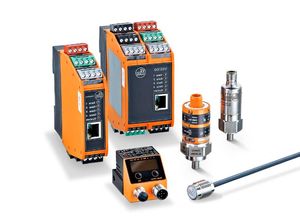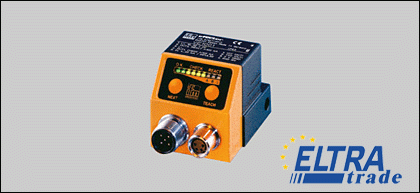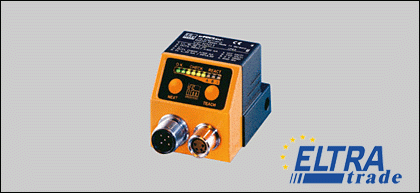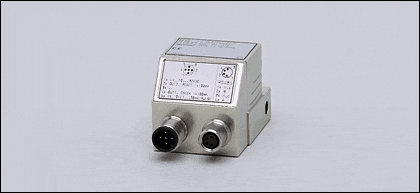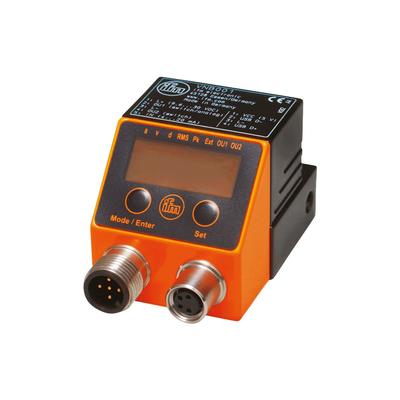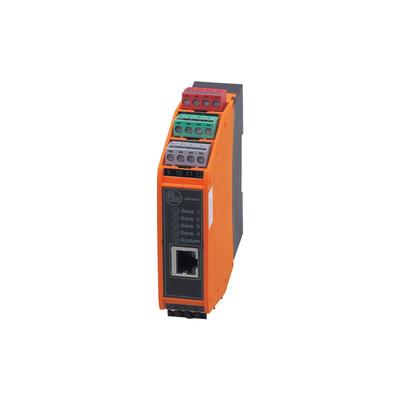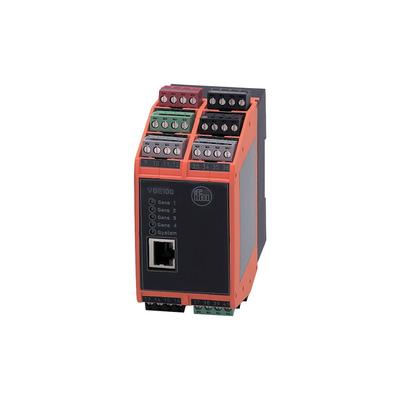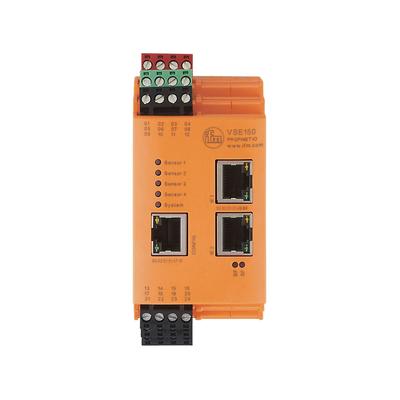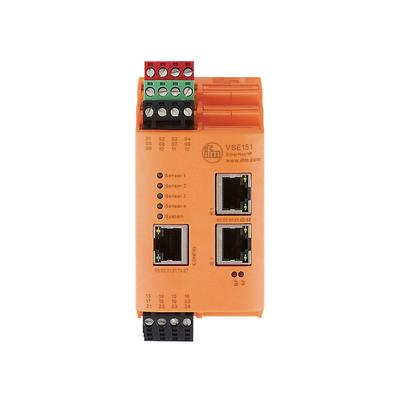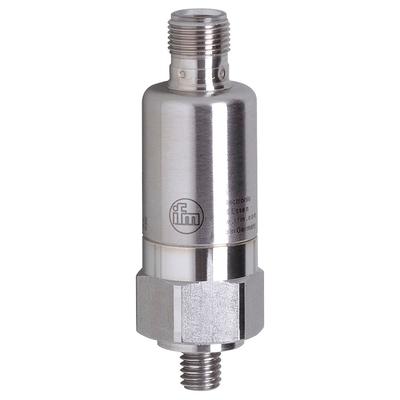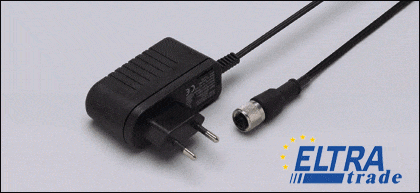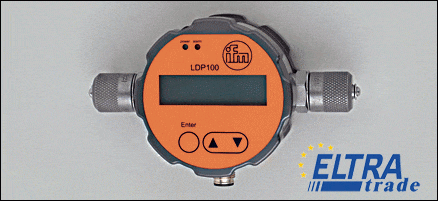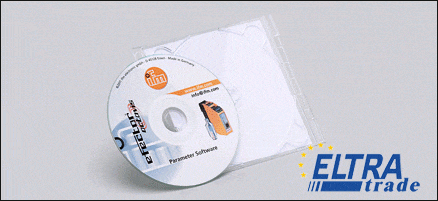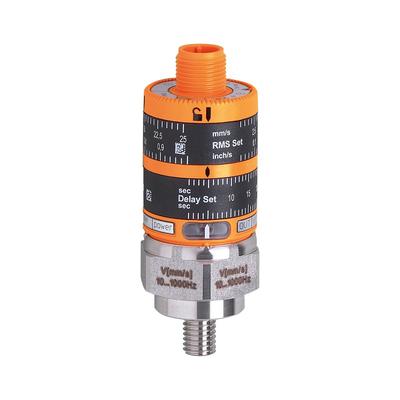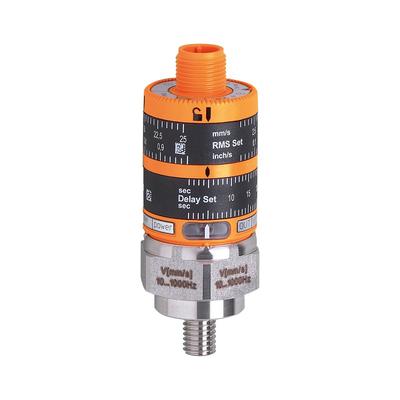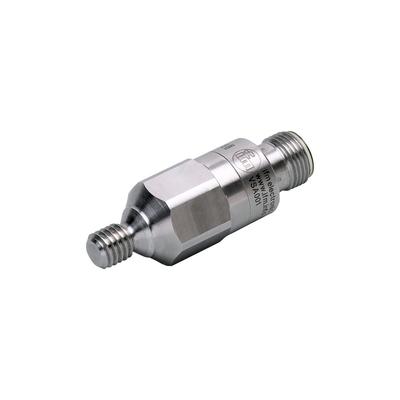IFM Vibration sensors
PULSE SHAPER
- USB/RS485 - adapter cable
- DC,
- Profibus-DP gateway for efector octavis
- Electrically-isolated Profibus RS-485 interface
- Automatic Profibus baud rate detection
- Serial interface to the field device
- DIN rail mounting
- Rolling element bearing monitor
- Spectral analysis
- Envelope-curve FFT
- Trend analysis
- Connection via M12 x 1 and M8 x 1 connectors
- Envelope-curve FFT
- Trend analysis
- Vibration sensor
- Spectral analysis / FFT
- Envelope-curve FFT
- Peak
- V eff RMS
- Trend analysis
- Connection via M12 x 1 and M8 x 1 connectors
- Spectral analysis / FFT
- Envelope-curve FFT
- Trend analysis
- Vibration sensor
- Spectral analysis / FFT
- Envelope-curve FFT
- Peak
- V eff RMS
- Trend analysis
- Connection via M12 x 1 and M8 x 1 connectors
- Spectral analysis / FFT
- Envelope-curve FFT
- Trend analysis
- Vibration diagnostic unit
- Spectral analysis
- Trend analysis
- Connection via M12 x 1 and M8 x 1 connectors
- Trend analysis
VIBRATION SENSOR
VIBRATION SENSOR
VSE OPC TUNNEL
- Diagnostic electronics for vibration sensors
- DC
- parameter setting via PC software VES004
- terminals
DIAGNOSTIC ELECTRONICS
DIAGNOSTIC ELECTRONICS
DIAGNOSTIC ELECTRONICS
DIAGNOSTIC ELECTRONICS
Diagnostic electronics for vibration sensors
DIAGNOSTIC ELECTRONICS
VIBRATION TRANSMITTER
DIAGNOSTIC ELECTRONICS
Optical particle monitor, DC, Measuring principle: light extinction principle, Cleanliness level to ISO 4406:99 / SAE AS4059E , Size channels [µm]: 4, 6, 14, 21, CAN interface, Connector, Out 1: analogue (4...20 mA), Out 2: switching output (open collector output)
- Expert software for efector octavis
- Types VB and VE
VIBRATION MONITOR
VIBRATION MONITOR
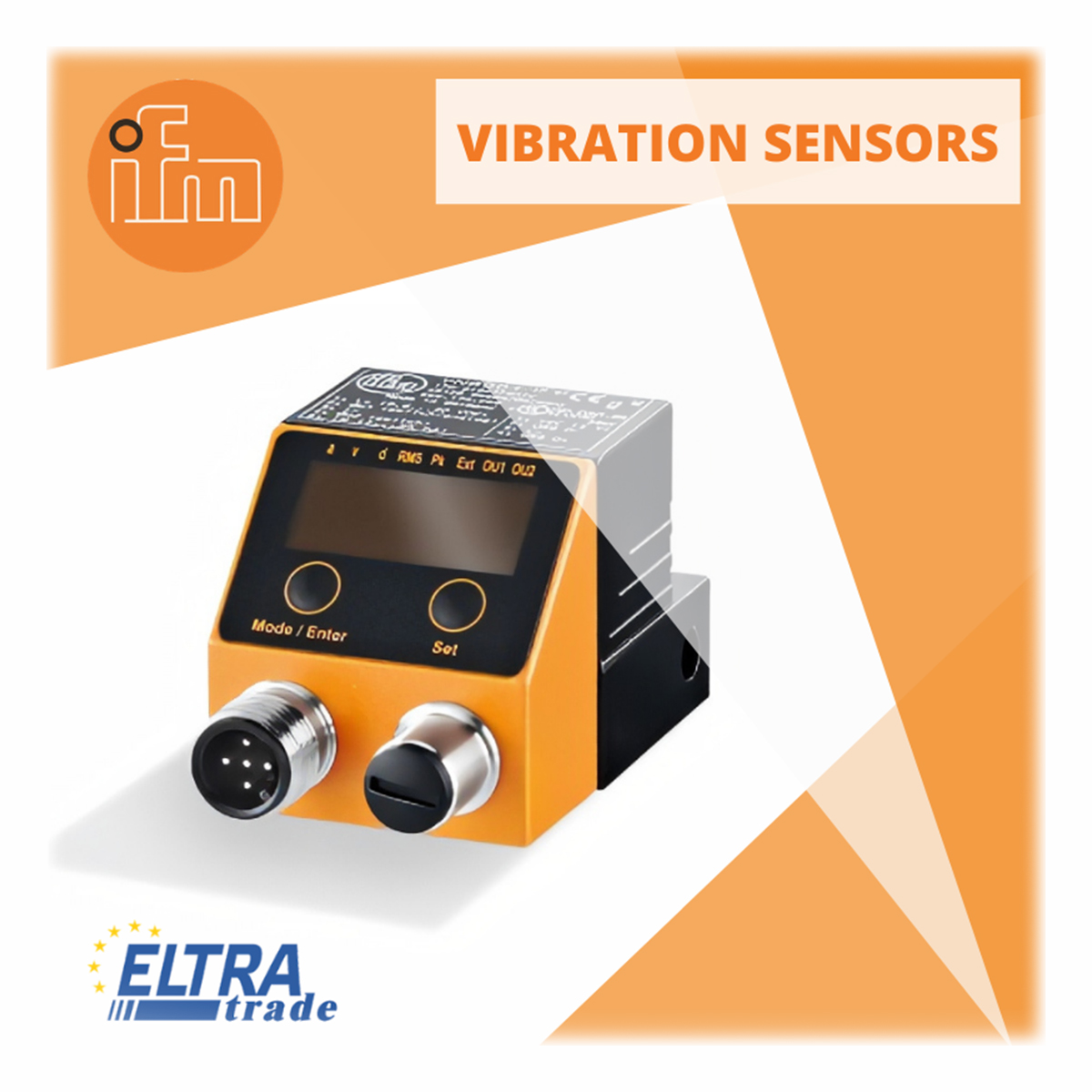
In industry, each rotating mechanism has its own frequency response. If changes occur during operation due to, for example, damage to bearings or imbalance, then this always entails a change in the frequency response of the mechanism. If you work on a “before failure” principle, you save on ongoing maintenance, but in the future, due to forced downtime of equipment, significant losses are possible.
Early detection of faults using frequency analysis will help to avoid the occurrence of equipment failure and downtime or malfunctions.
Next, we will look at what an IFM efector vibration sensor is and what vibration monitoring systems are for, and how they work.
What is a Vibration Sensor?
IFM electronic vibration sensor is an apparatus that reacts to vibrational phenomena and determines their parameters; the studied quantities are vibration displacement, vibration velocity, and vibration acceleration; The main parameter of the device is sensitivity.
The design of any vibration sensor IFM includes:
- vibration transducer - a unit designed to convert a mechanical vibrational movement into an electrical signal; depending on the transformation mechanism involved, there are optical, piezoelectric, and eddy current models;
- an electronic unit for receiving, decoding, and processing the generated electrical signal and outputting information via an external interface; today, as a rule, includes an ADC, which allows the processing of data in digital form.
With the help of IFM Electronic vibration sensors of the VSA series, you can continuously monitor the critical components of mechanisms that operate under increased loads, such as pumps, compressors, spindles, electric motors, or gearboxes.
The IFM vibration sensors of the VSA series are the primary source of signals for the electronics unit (vibration diagnostic monitor) of the VSE series. The VSA vibration sensor series has three housing designs from which you can choose the best one for your application.
The compact design and all-metal stainless steel housing make it easy to mount the sensor in hard-to-reach places. The sensitivity of IFM vibration sensors of the VSA series has long-term stability and does not depend on the operating temperature.
For example, circulation pumps are used to supply untreated water from a container. As a rule, dry running is a threat to pumps. For trouble-free operation, protection against dry running and constant vibration diagnostics of raw water pumps are necessary. The vibration diagnostics sensor effector octavis VSA001 and the electronic unit VSE 001 lead to the desired results in this application. The M8 thread on the vibration sensor allows easy installation of the sensors on existing pump fittings. The settings are configured using the software, as well as teaching the installers to work in the software menu, thanks to which a quick start is made.
Vibration sensors application fields:
- Various types of vibration sensors are used to measure vibration parameters in laboratory studies and in diagnostic systems. Depending on the task, select devices with different sensitivities.
- Miniature vibration sensors have a sensitivity in the range of 0.5 mV/g -33 mV/g.
- General purpose devices (sensitivity about 100 mV/g, frequency range - 0.5 Hz-10 kHz);
- Sensors for industrial use - devices with a sensitivity in the range of 10 mV / g -100 mV / g; explosion-proof execution is possible.
- Highly sensitive sensors (over 500 mV/g) are used to measure the vibrations of engineering structures and structures (mechanical and seismic vibrations).
Vibration sensors are characterized by high impact resistance and natural frequency and low self-noise.
How do Vibration Monitoring systems work?
The vibration monitoring system is a comprehensive system capable of recording vibration signals according to predetermined parameters such as sampling frequency, vibration level, recording duration, recording intervals, and frequency bandwidth. The system must be able to process the recorded vibration and convert the information into intuitive instructions for machine operators, maintenance personnel, or asset managers.
The system should not interfere with the normal operation of controlled machines or structures, and the benefits of the system should be higher than the costs of implementing the system.
Vibration analysis is a process that monitors vibration levels and examines the nature of vibration signals. This is usually performed both directly on the time waveforms of the vibration signal and on the frequency spectrum, obtained by applying a Fourier transform to the time waveform.
Time-domain analysis of historically recorded vibration signals reveals when and how severe unusual vibrations are by extracting and examining parameters, including, but not limited to, root mean square (RMS), standard deviation, peak amplitude, kurtosis, crest factor, skewness, and many more. others. Time domain analysis allows you to assess the overall health of tracked targets.
In real-world applications, especially in rotating machinery, it is highly desirable to include frequency spectrum analysis in addition to time domain analysis. A complex machine with many components will create a mixture of vibrations, which is a combination of the vibrations from each rotating component. Therefore, it is difficult to use only temporary signals to check the condition of critical components such as gears, bearings, and axles in large rotating equipment. Frequency analysis breaks down temporal waveforms and describes the repeatability of vibration patterns so that the frequency components associated with each component can be examined. In addition, the based Fast Fourier Transform (FFT) technique enables fast and efficient frequency analysis as well as the
Vibration Monitoring Systems using
Vibration monitoring systems are used for condition-based maintenance of machines and installations. They help to detect machine damage early and prevent costly consequential damage.
IFM product portfolio includes IFM wireless vibration sensors, accelerometers, and data processing electronics. Vibration transmitters and sensors detect damaged bearings and imbalances in drives and rotating machine parts. Combined with diagnostic electronics, accelerometers provide comprehensive vibration monitoring for large drives.
Vibration analysis is predominantly applied for the condition monitoring of types of machinery and their key rotating parts, including but not limited to:
- Bearings, gears, shafts, free wheels.
- Rotating machines such as gearboxes, motors, fans, and drive-trains.
- Reciprocate machines such as piston engines, reciprocate compressors, pumps, and door mechanisms.
Vibration analysis has also been employed in structural health monitoring, including:
- Bridges.
- Pipes.
- Turbine blades.
Types of IFM Vibration sensors
IFM Vibration sensors are special devices for real-time vibration analysis and monitoring. The company created position and control sensors that can work with wide range of shock and vibration measurement. Such products will save your machines and plants from damage by giving timely warning of faults and defects. They also will detect damaged machine parts (bearings, unbalance drives, etc.).
IFM Electronic Company manufactures the following categories of vibration sensors:
- Diagnostic edge controllers
- Accelerometers
- Vibration sensors and transmitters
- Evaluation electronics
In addition to the main series, the producer also manufactures software and accessories for increase equipment efficiency and ease installation. All manufactured products meet the requirements of DIN ISO 10816. The main features of sensors by IFM Brand are its cost-effectiveness and compact sizes. If you want to save on maintenance and reduce repair costs, then this equipment will be the best solution.
Eltra Trade have a large assortment of diagnostic electronics for machine condition monitoring including vibration sensors by IFM. To find out the current prices and product details, you need just to leave us a request or call our managers.
